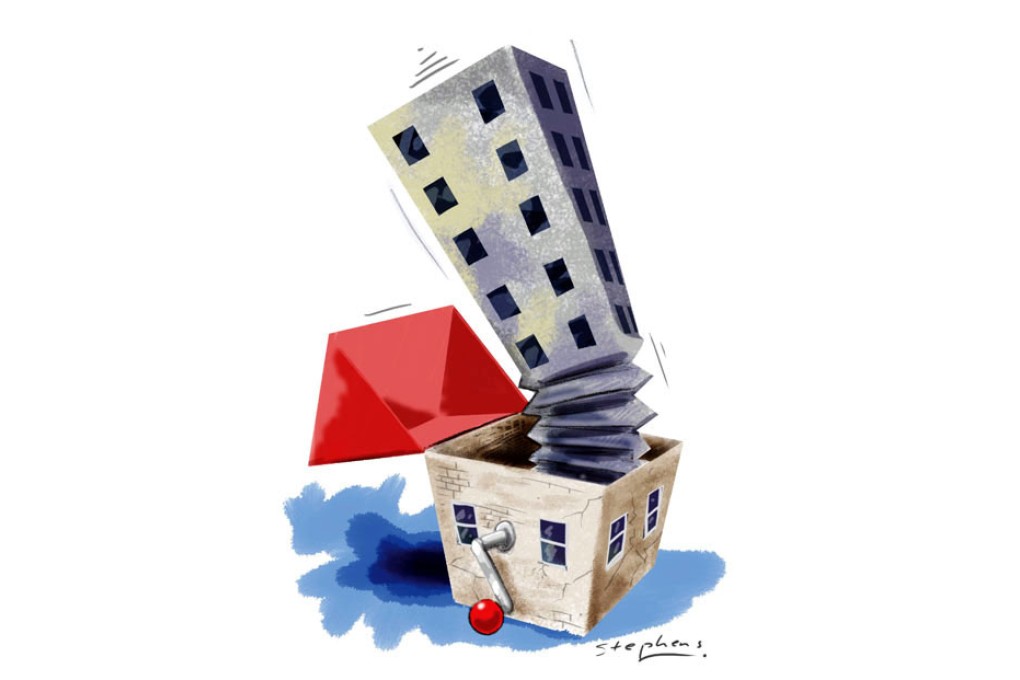Out of the past to solve Hong Kong's present housing problem
Francis Neoton Cheung believes two ideas from our recent past could be adapted in today's Hong Kong to free up or create land for liveable housing - land exchange and reclamation

Initial reactions to the government's long-term housing strategy consultation document have tended to focus on its gaping hole - the availability of land needed to build the proposed 470,000 housing units over the next decade. However, attempts to fill the hole with talk of sacrificing precious country park land opened a can of worms so big that few dared to broach the subject again.
Having advised the government on town planning and airport development since before the handover, I took a stroll through the history of retired and rejected ideas to seek inspiration for some outside-the-box thinking. Here are two that seem particularly promising.
A little historical perspective is what is needed for coming up with workable ideas for old problems
The first idea pertains to a strategy for managing the city's existing land resources for residential development. Anyone with a "walking knowledge" of Hong Kong Island and Kowloon could easily name different areas that have an overabundance of older buildings begging to be torn down. Think Kowloon City, Sham Shui Po and North Point. Even though many older buildings in these districts have no obvious conservation value from an architectural point of view, they seem to have attracted little interest from private developers or the Urban Renewal Authority. Why might that be?
Unsurprisingly, the answer is just dollars and cents. These ignored older buildings were developed in the 1950s and 1960s according to different standards, which allowed for a much higher density than the plot ratio applicable today. This means the compensation needed to be paid by a private developer or the URA would be too high for such projects to break even, let alone produce a profit.
For exactly the opposite reason, much newer buildings were or will be torn down for redevelopment. Examples include the Ritz-Carlton Hotel in Central, Sunning Plaza/Court in Causeway Bay, Somerset House in Quarry Bay, and many others. For whatever reason, the sites on which these newer buildings sit either offer unexploited plot ratio or would command substantially increased rental income should the physical building be upgraded.
Without any prospects for redevelopment, buildings in Sham Shui Po and other districts have become dilapidated and pose a safety risk. The government must come up with a strategy to unlock the development potential of these lands.
A now retired practice of land exchange could be redeployed to help solve this problem. Before 1983, the government issued what were then known as "Letter A" and "Letter B" entitlements when acquiring private land in the New Territories for public purposes. These gave their holders the right to be granted government land at a future date, and were even accepted by the government in lieu of cash in some land transactions.
